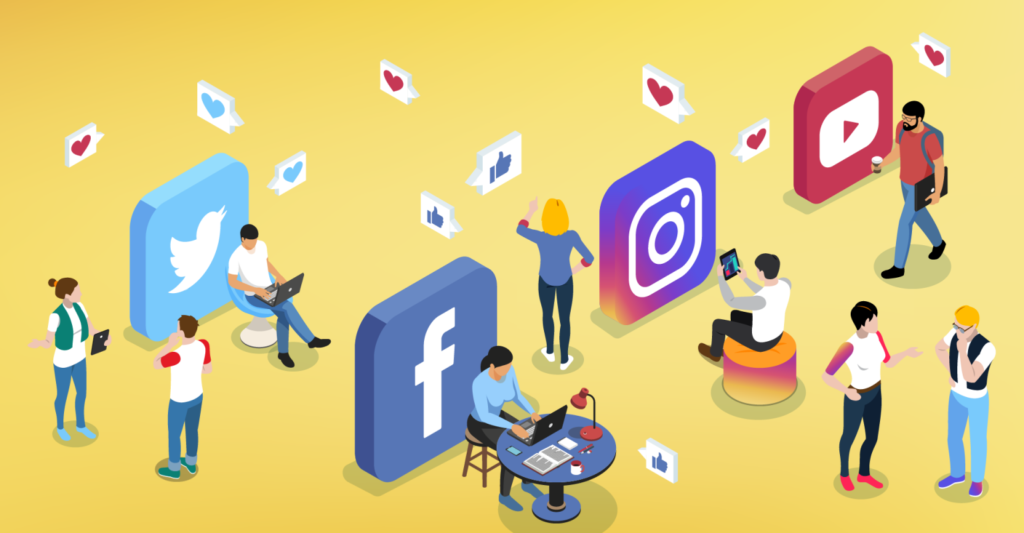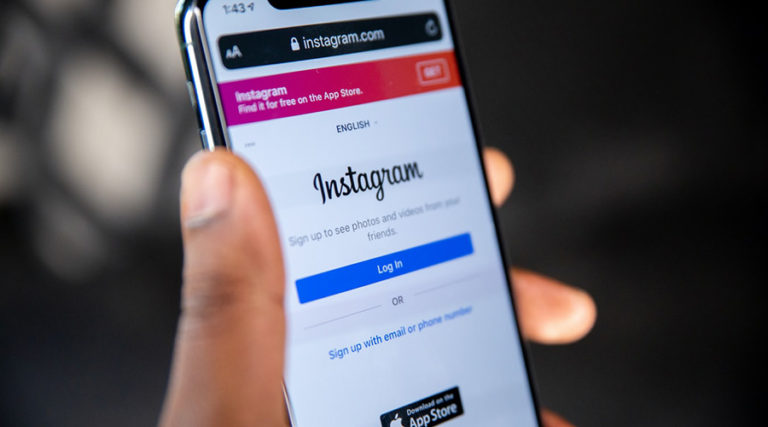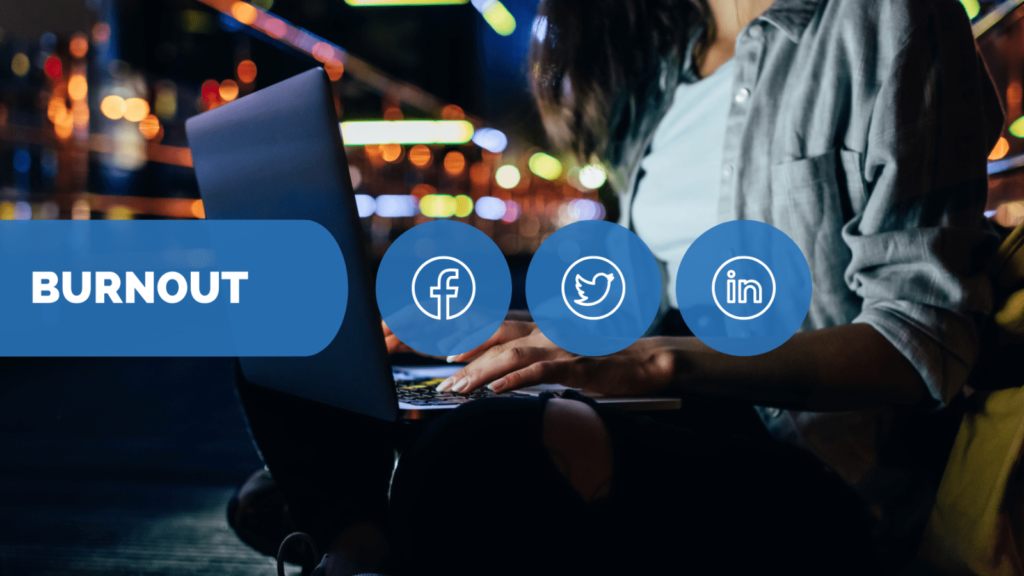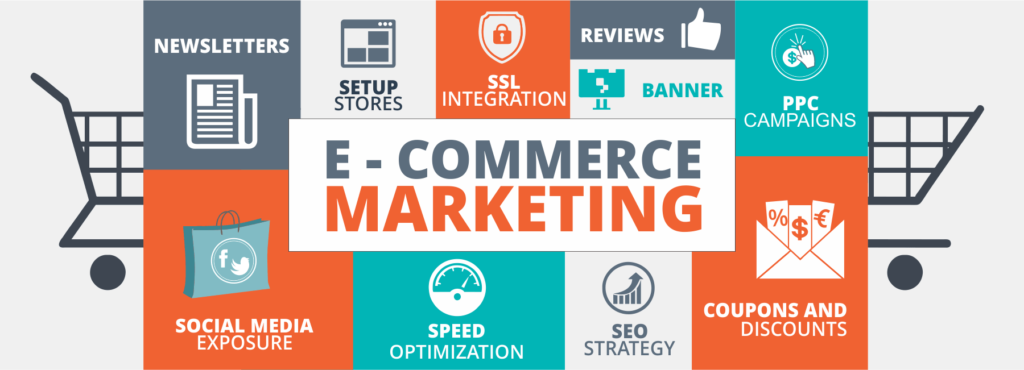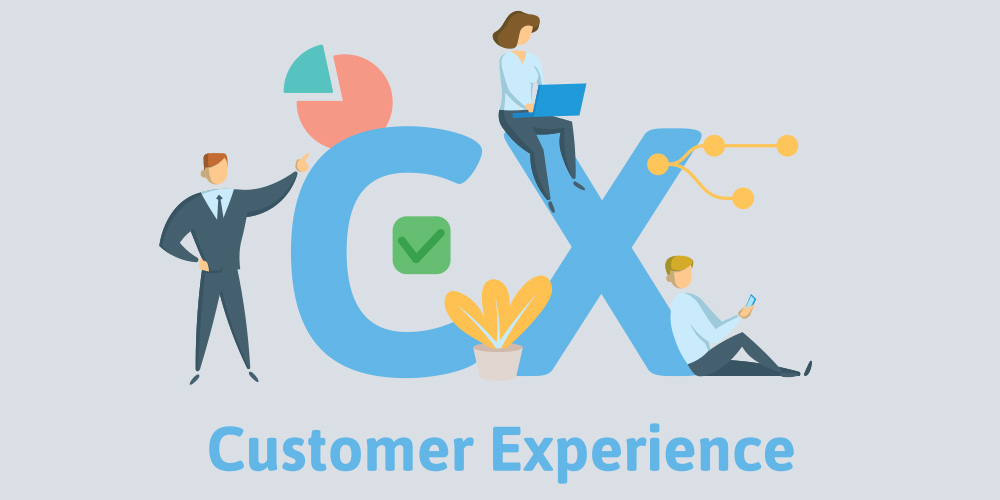
Have you heard of The Emperor’s New Clothes? The story’s protagonist strutted around in the world’s finest garments. As you may recall, he was completely naked. The public perception of his appearance was vastly different from his perceived public front.
Many businesses today are in the same boat. They believe their “super experiences” set them apart from their competitors. Them, however, And, like the deluded emperor of old, the naked truth is ugly: many companies’ experiences fall far short of customers’ expectations. In an era when most companies compete on customer experience, Salesforce reports that most consumers believe most companies fall short of delivering a great experience.
Great CX Communication
A ‘super experience’ shows a company cares about its customers and wants to meet their needs. But, perhaps more importantly, a great customer experience shows that the company values its clients.
How can businesses best express their gratitude? It is through communication. Communication is the cornerstone of a great customer experience.
Communication is a two-way street, but it is also a very broad avenue. Many modes of communication are suitable for that route. While many businesses still believe surveys are the only way to get customer feedbacks, modern technology has given us many options for communicating with customers, including chatbots, newsletters, and in-app feedback.
4 Customer Communication Best Practices
Regardless of the medium, CX professionals should know and use the following four best-practice strategies to maximize customer communication effectiveness:
1. Know your target market
Understand your target audience, their lifestyles, and their needs. Because, despite our best efforts, our customers aren’t going to be thinking about our brands and products 24/7/365. In light of this, it is critical that customer communications reflect their lifestyles. To achieve this goal, you must truly understand your customers. You gain invaluable insight into your customers. Solicit feedback from customers on their preferences.
2. Use diverse messaging in your communication strategies
If you use the same channel too often, your audience may tune you out. Customers should be notified of three things:
- The content sent
- The message’s priority
- Message volume
Remember that high-volume messaging should use low-priority notification methods (i.e. within the app or newsfeed). If you don’t, your customers will tire of you and start ignoring you.
3. Create useful personalized and relevant alerts
Each customer communication must be valuable. Fluff fails. Each message must add value to justify the customer’s time and attention. Following this rule is a best practice for every brand and situation. It’s a best practice that’s magnified when customers interact with your brand via multiple channels.
Ultimately, all communications should be relevant and personalized to justify the interruption to your customers’ lives.
4. Break down key messages
You can ensure users receive and comprehend important messages by making them easily consumable. Consider the difference between a text message and an email newsletter. Regardless of message length, highlighting key points is vital. Providing only one recommended option (among many available options) is a validated best practice for an omnichannel or digital strategy. After all, if nothing in your messaging stands out, then nothing stands out.
